Machine Learning Techniques - 2
ML techniques and Good practices
Table of Contents
A: All models are wrong
In-sample and Out-sample
In-sample error: Calculated from data used for training.
Out-sample error: Calculated from unseen data (not used in training)
2 sampling with n = 10

In-sample and Out-sample
Importance of validating using unseen data.
2 sampling with n = 50

In-sample and Out-sample
Difference are lower with larger samples.
2 sampling with n = 500

Mean Squared Error Decomposition
\(\text{MSE} = \mathbb{E}[(Y - \hat{Y})^2]\)
This can be further decomposed as:
\[ \text{MSE} = \text{Bias}^2 + \text{Variance} + \text{Irreducible Error} \]
Where:
- \(\text{Bias}(\hat{Y}) = \mathbb{E}[\hat{Y}] - Y\)
- \(\text{Variance} = \mathbb{E}[(\hat{Y} - \mathbb{E}[\hat{Y}])^2]\)
Under and Overfitting
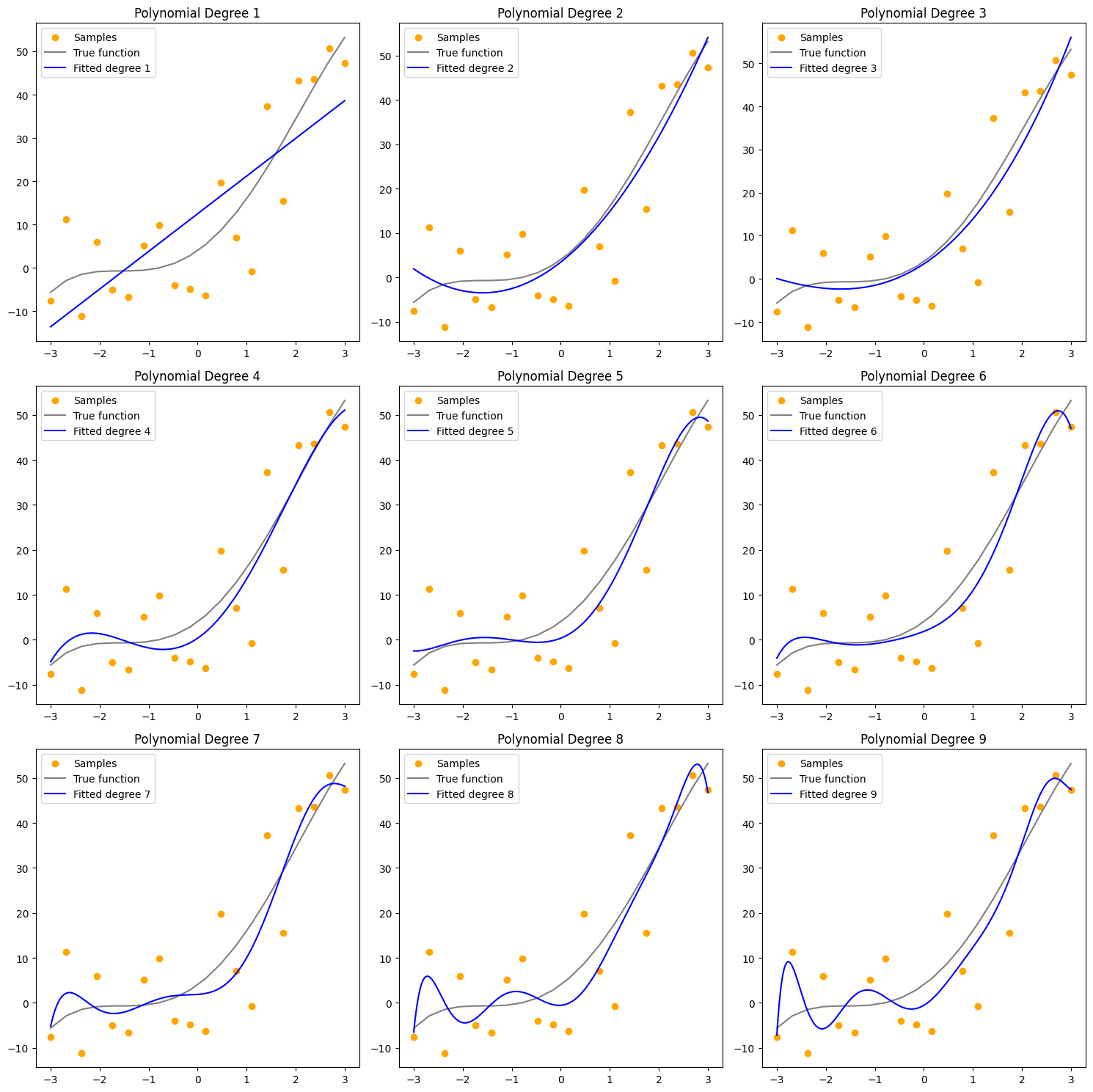
- degree 1: underfit
- ? data true pattern
- Higher Bias
- degree 8-9: overfit
- random error pattern
- Higher Variance
Under, Over and “Okay” -fitting
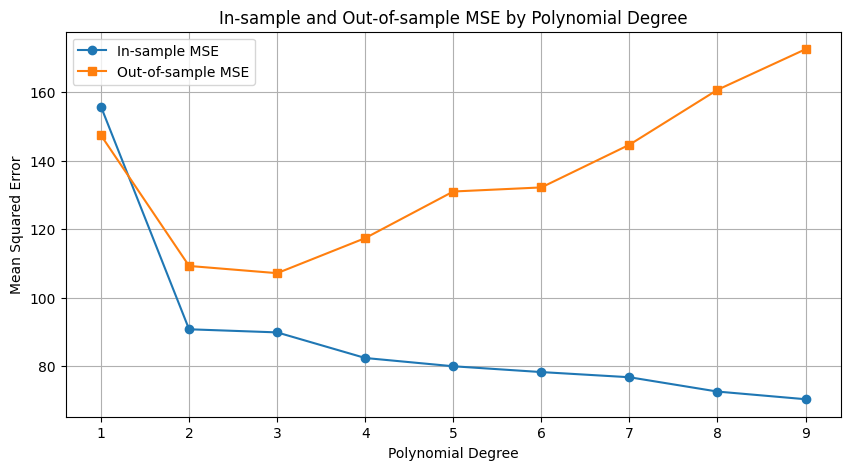
If decomposed we would see
- increased variance (out) on high degree
- increased bias (out) on low degree
- We need a “bias-variance tradeoff”
The Okay-fit is where the model:
- Learns data pattern
- Can generalize on unseen data
- Does not learn the random error pattern
WARNING: Bias variance decomposition does not always make sense.
Mandatory ML workflow
Training data → in-sample error
Test data → out-sample error
Test data should be without bias
No bias = the same error model
Not required but recommended: adversarial datasets
Importance of bias in datasets
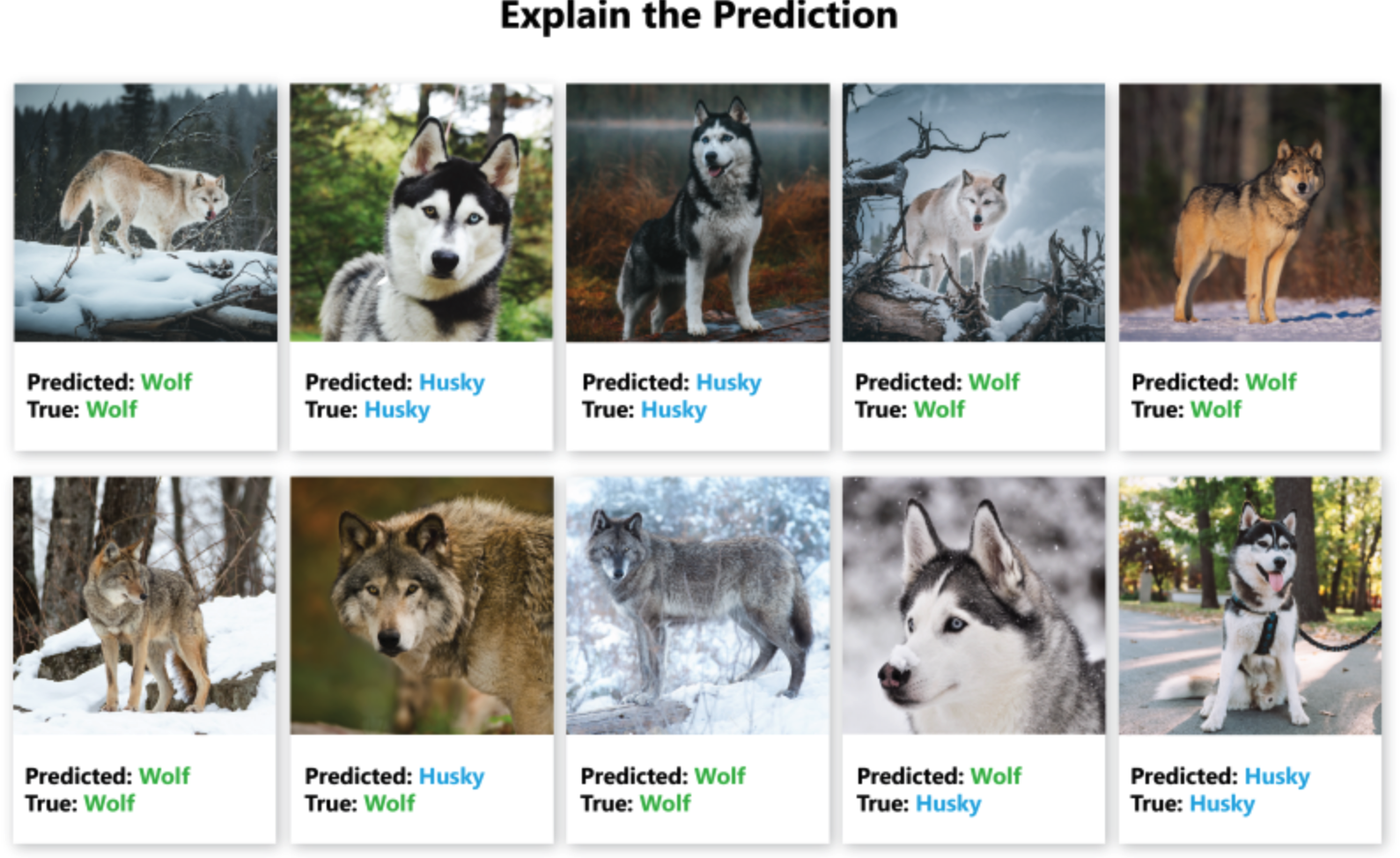
What is the pattern of wrong prediction ?
Importance of Explainable AI
Testing is good but explaining is better:

Importance of adversarial datasets
IMPORTANT: Adversarial datasets should come after testing.
Proper testing is done with the same underlying error.
- Why ? We are looking at different bias:
- related to over-learning on the random error
- not related with an error but with new data patterns
- Adversarial datasets are datasets where we can expect a new pattern in data
- Examples:
- Wolf Images from Zoo
- People from other countries
- Process in another factory
ML workflow with model selection
VALIDATION IS NOT TESTING
- Model selection
- Hyperparameter tuning
- Training parameters
- Introduction of validation data
- Training split
- Re-training the selected model
Data-Driven vs Theory Driven
- Data-driven
- Require lots of data
- Leverage lots of algorithms
- Require lots of computing power
- Importance of Testing and Validation Framework
- Hardly explainable
- Optimizing
- Deep Learning / Scikit-learn Pipelines
- Business intelligence / NLP / Image
- Theory-driven
- Can work with few data
- Understanding of a problem
- Require less computing power
- Limited importance of Testing and Validation
- Easily explainable
- Modelling
- Field-specific methods and algorithms
- Aerodynamics / Molecule modeling / Genomics
B: Learning and Evaluation
ML tasks for prediction
- Classification
- Regression
- Clustering
- Association
Clustering examples
- means: find groups that minimize the within-cluster sum of squares (distance to the centroid)
- Clustering
- Compute and distance matrix (Euclidean)
- Apply an agglomerative clustering (neighbor joining)

ML tasks for data transformation
Data Encoding: e.g (one hot, Ordinal)
Data Embedding:
- Vector-representation of complex object
- ex: Word2Vec / Encoder deep learning architecture
Data projection: Project onto another space
- Often based on dimensionality reduction techniques
Learning strategy
- Supervised learning
- Unsupervised
- Reinforcement learning
- Genetic Algorithm
- Transfer learning
Evaluation / Binary Classification
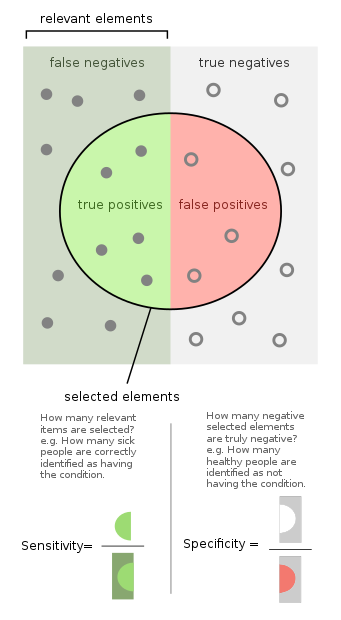
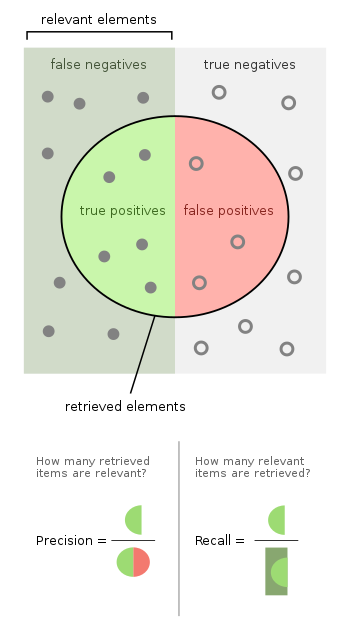
source: wikipédia
Summary metrics for Binary outcome
Balanced single score : example F1 \[ F1 = 2 \times \frac{\text{precision} \times \text{recall}}{\text{precision} + \text{recall}} \]
AUC: Area under curve
ROC: Recall = f(FPR) = f(1-specificity)
PRC: Precision = f(Recall)
Classification metrics
- Confusion Matrix
- Rand Index
Regression metrics
- Correlation (pearson / spearman)
- Distance metrics
Clustering Metrics
- Silhouette Score
- Davies-Bouldin Index
Association Metrics
Support measures the frequency of the rule in the dataset. \[ \text{Support}(A \Rightarrow B) = \mathbb{P}(A \cap B) \]
Confidence measures how often items in \(B\) appear in transactions that contain \(A\).
\[ \text{Confidence}(A \Rightarrow B) = \mathbb{P}(B | A) = \frac{\mathbb{P}(A \cap B)}{\mathbb{P}(A)} \]
- Lift: how much more often \(A\) and \(B\) occur together than expected if they were statistically independent.
\[ \text{Lift}(A \Rightarrow B) = \frac{\mathbb{P}(B | A)}{\mathbb{P}(B)} = \frac{\mathbb{P}(B \cap A)}{\mathbb{P}(A) \mathbb{P}(B)} \]
Projection / Mapping metrics
Continuity: Local neighborhoods preserved ?
Mean K-Nearest Neighbors (KNN) Error: distance to centrois before and after the projection ?
Global Structure Preservation
Correlation/Error over distance matrix
Percentage of Variance Explained
C: ML techniques
Feature Engineering
- Feature Normalization
- Feature Selection/Extraction
- Feature Transformation
- Feature Categorization
- Feature Embedding/Encoding
Dimentionality Reduction
Curse of dimensionality: more features = more parameters
- PCA: Principal component analysis
- Principal components (PCs) are linear expressions of features
- PCs fitted so that sample variance is maximal on the first components
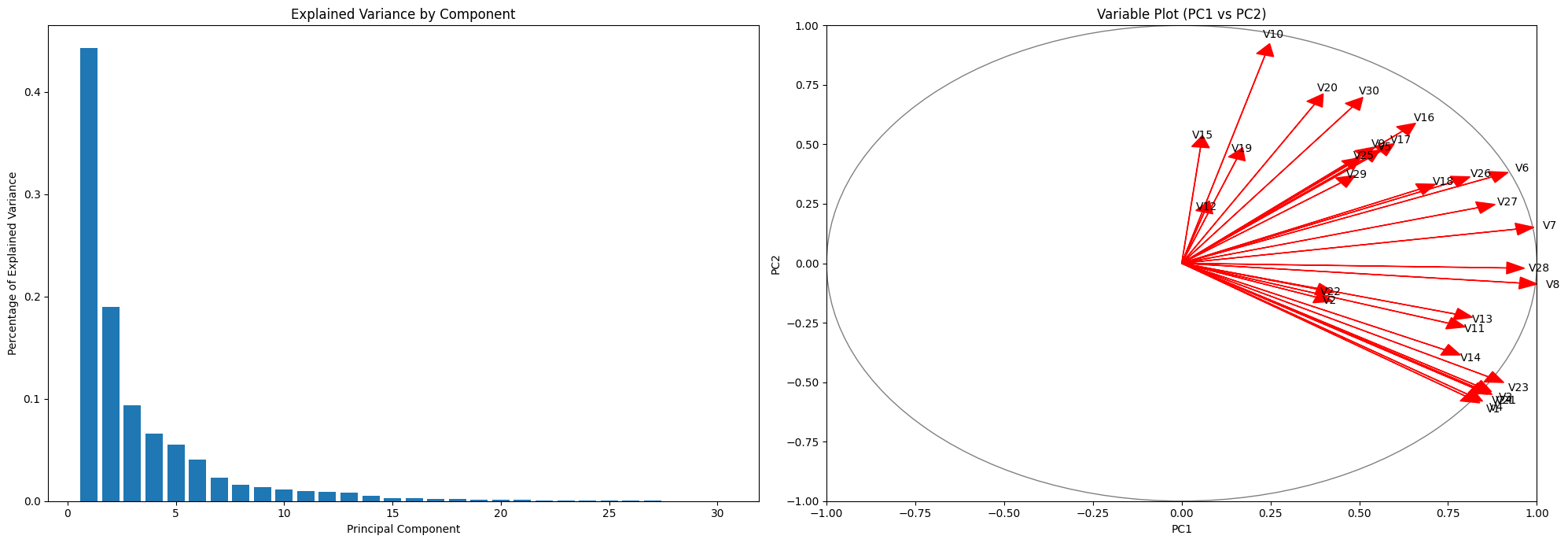
Dimensionality reduction
2 is nearly enough…
- Here samples are
- Target not used in PCA

Working with Non-Regular Data
- Imbalanced Data
- Population bias or sample bias ?
- Downsample ?
- Weighting for training and
- Use adapted algorithm (Tree-based)
- Data with Uncertainties
- Leverage statitical models (Bayesian)
- Sampling
- Averaging
- Missing Data
- Remove samples
- Use algorithm tolerating missing data
- Predict missing data
Model Engineering Training Setup
- Loss function and Weights
- Solver / Optimizer
- Weighting
- Other Options (e.g. tree/splits)
Validation and test
- Training, Validation and Test Dataset
- Cross-validation (K-Fold, Stratification) [scikit-learn]
- Challenging or Adversarial Test Dataset
k-Fold cross-validation
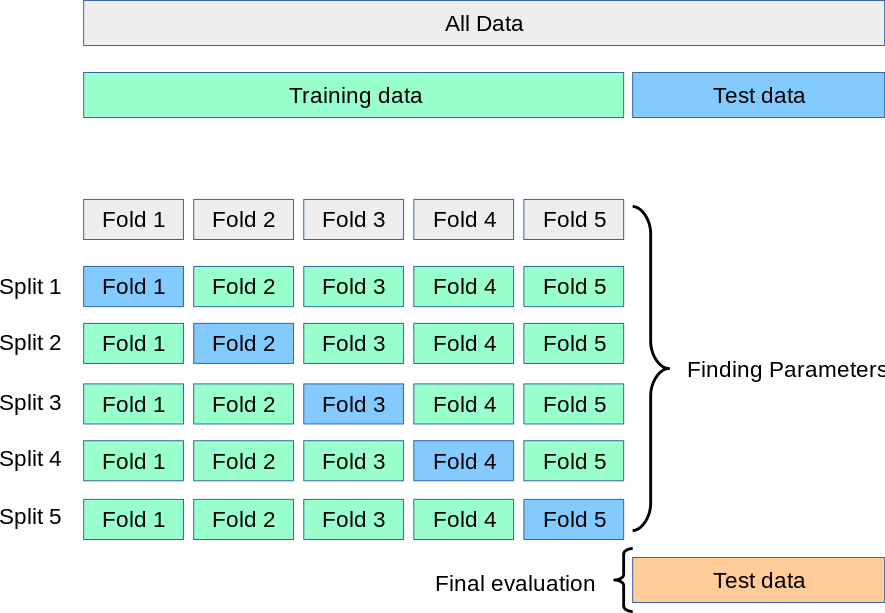
Class and group in cross-validation
- Class: target
- Group: feature
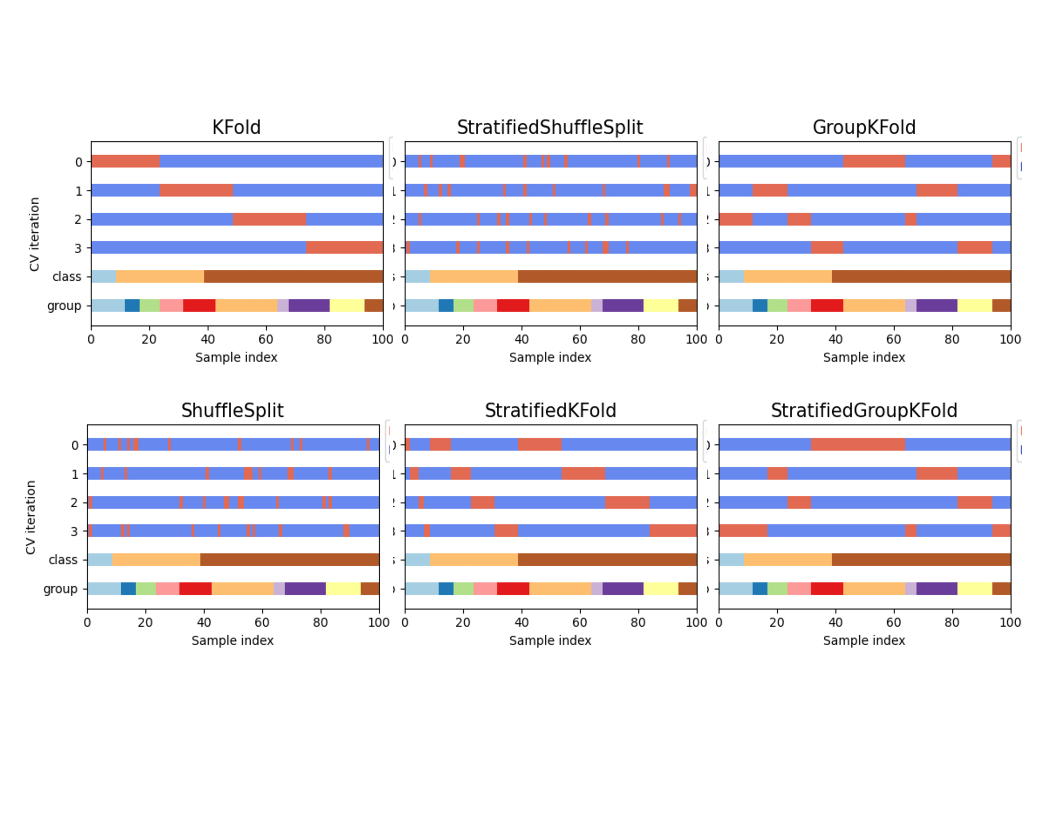
Regularization
Loss penalty
- L1, L2 and Elastic-Net
- Max Norm Regularization
(Multivariate) Boundaries for optimization
Early Stopping (for complex models)
Drop Out (In Deep Learning)
Ensemble Learning Methods
- Principle: Aggregate Predictions
- Bagging : Bootstrap aggregating; averages predictions to reduce overfitting. (Random Forest)
- Boosting : Sequentially focuses on misclassified instances to improve accuracy. (Gradient Boosting)
- Voting : Multiple models vote on output; majority or average wins. (Decision Forest)
- Stacking : Learns from model predictions to make a final prediction. (PCA and then regression)
Stochastic Methods
- Changing the seed in a Random algorithm (SGD)
- Changing the seed for random initialization
- Boostraping
- Others: Monte Carlo simulation (Bayesian sampling)